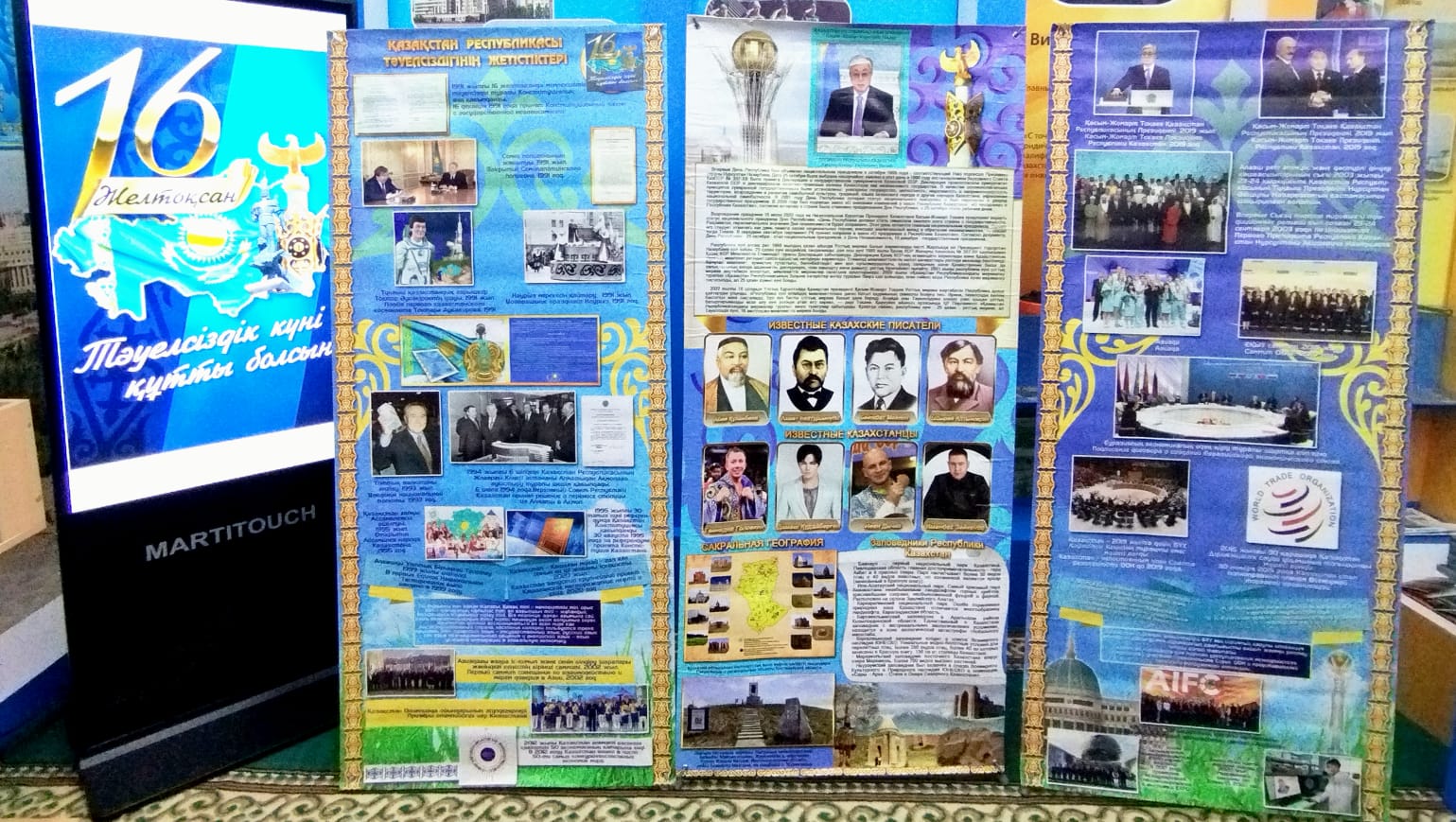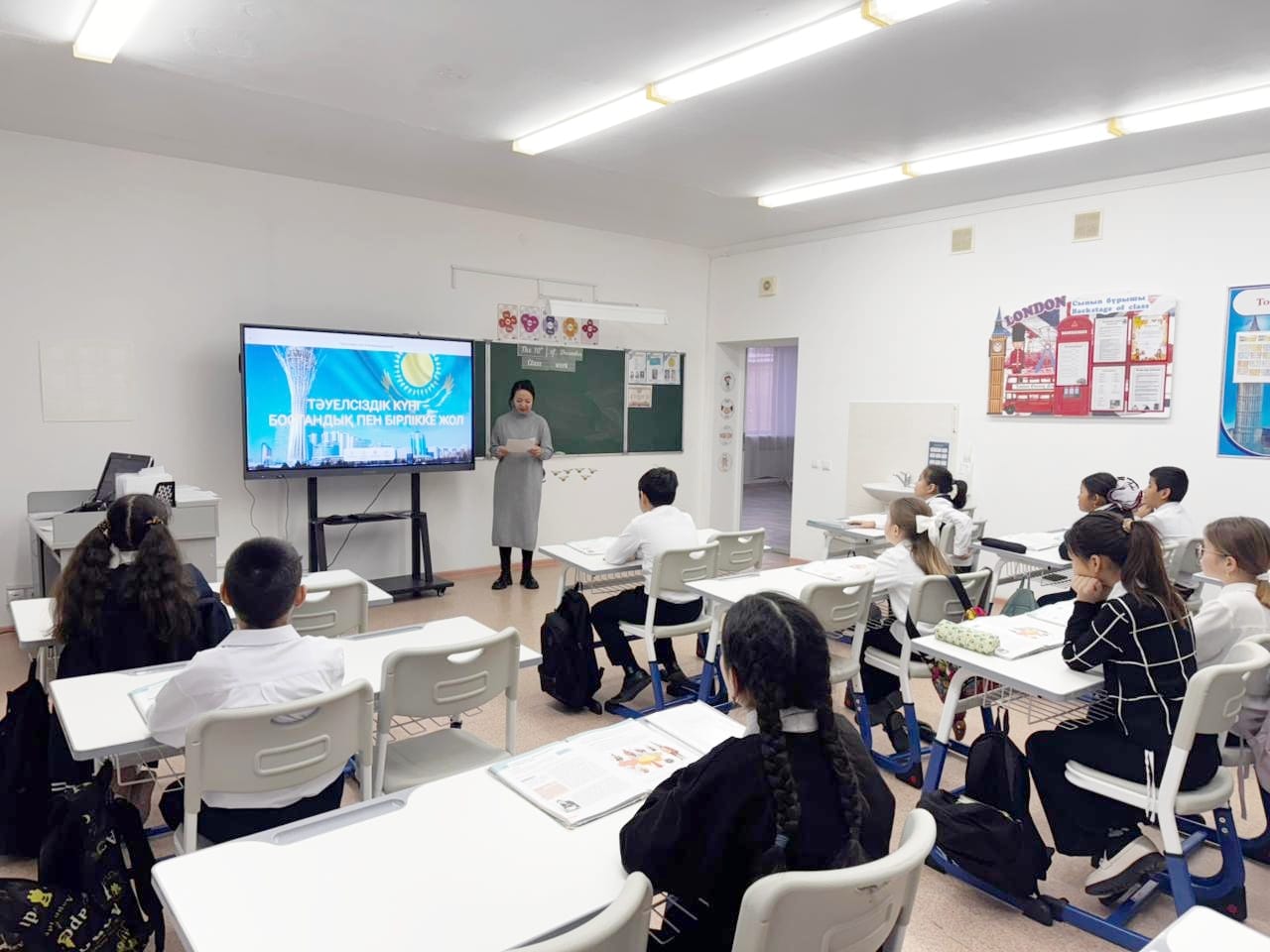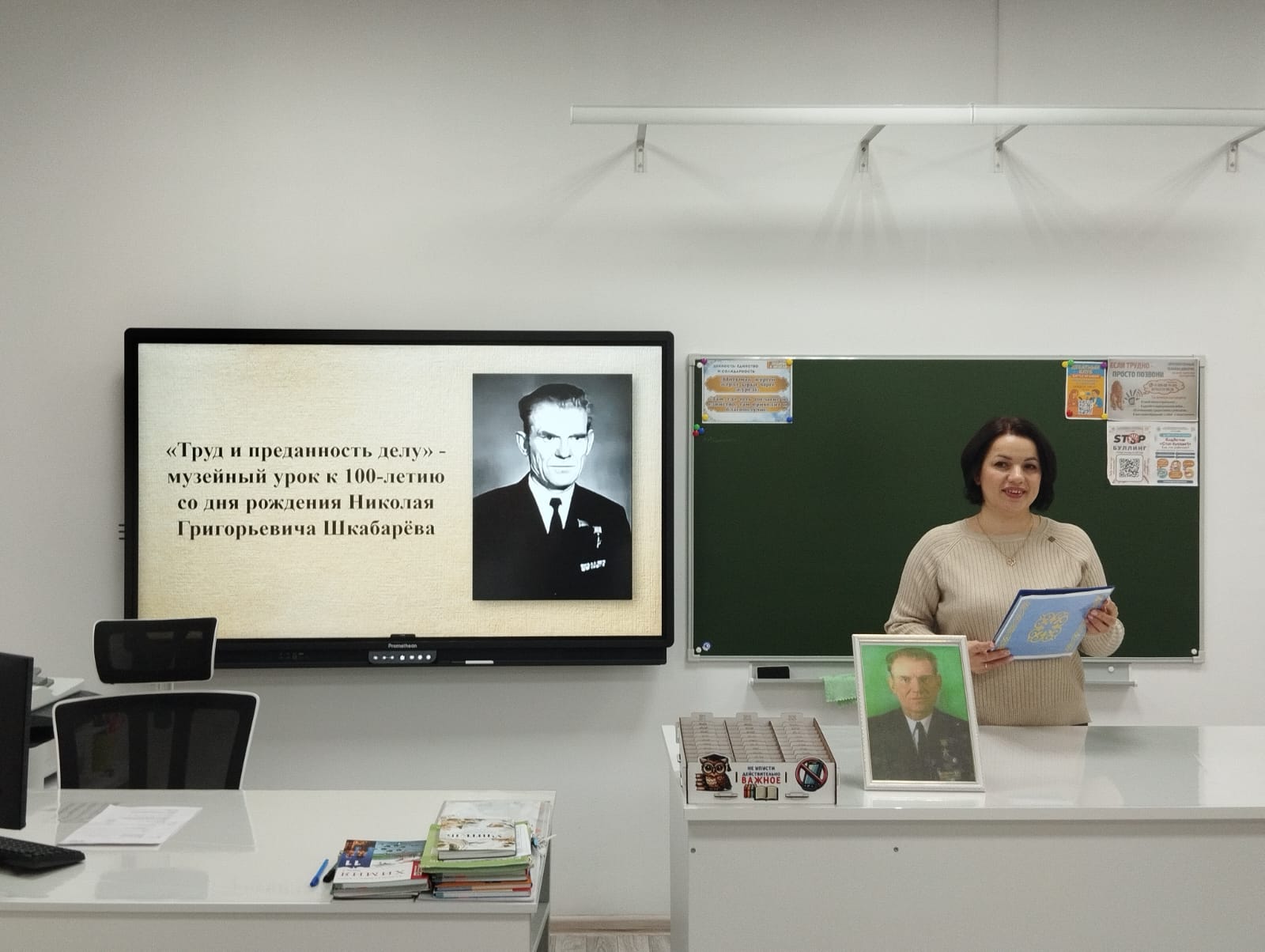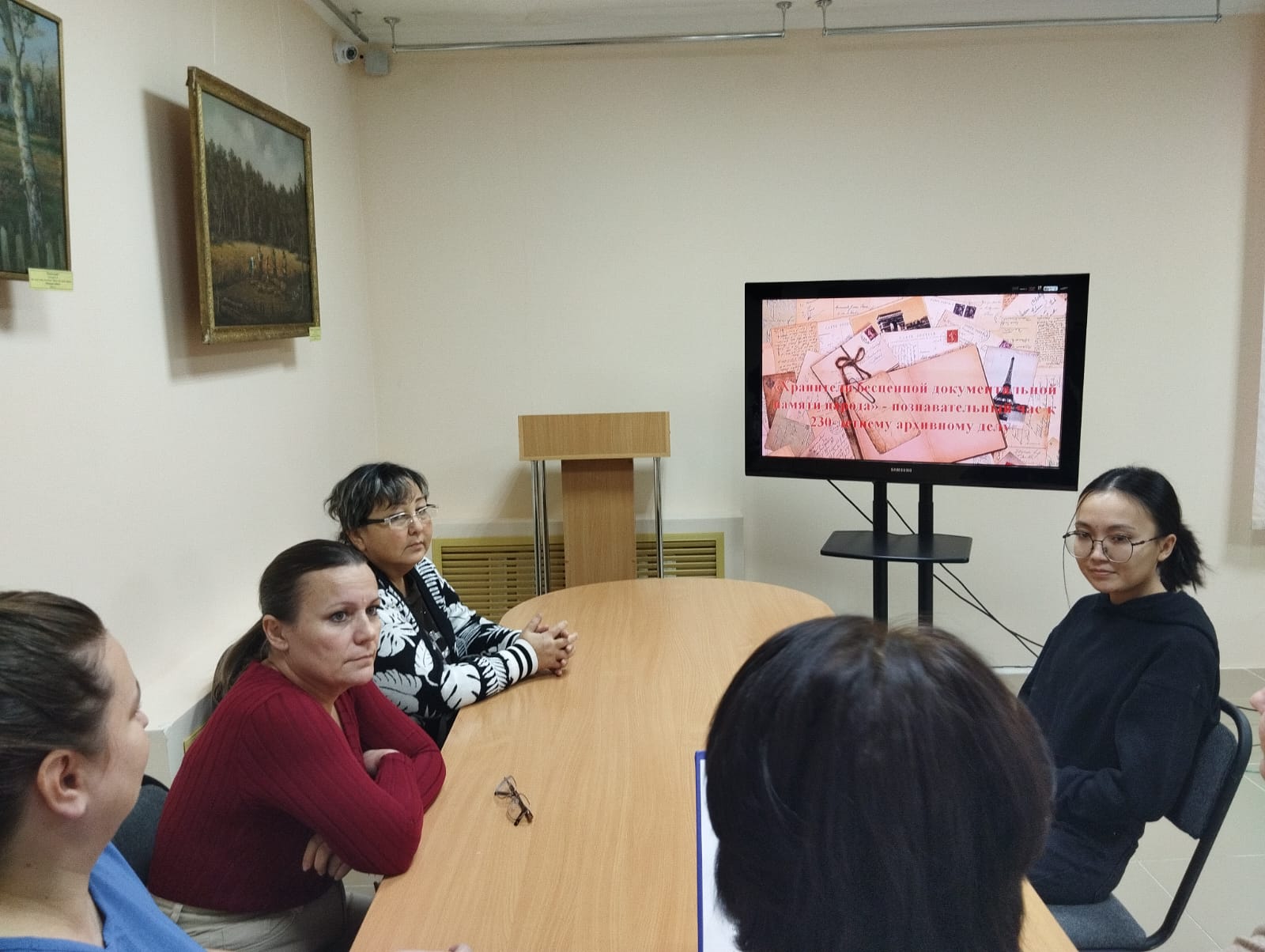The museum catalog includes annotated lists of items included in the funds, which are located with a certain serial number (in accordance with the classification system adopted in any specialized discipline or according to other criteria: chronological, geographical, belonging to a certain person, etc.).
Directories are divided into different groups:
1) according to the completeness of the reflection of museum funds – into general (the state catalog of the museum fund, the general catalog of the funds of a museum), special (catalogues of individual funds or museum collections);
2) according to the method of systematization of information – into systematic (presenting information in accordance with the system of indices of profile disciplines and their sections adopted in the country) and alphabetical (built according to the alphabetical principle);
3) according to the method of recording information – on paper, on electronic media.
Museum funds are an ambiguous concept. For museum visitors, this is something of a mystery. And for museum workers, funds are a matter of special pride, since they are the foundation of any museum. Collections are concentrated in the funds of the museum.
Each museum is proud of its funds, as it is his work, and today the Museum of Local History. B. Mailina has 7457 items of museum significance in its funds. They began to form back in the 90s and today they consist of a wide variety of collections. Every year employees collect about 400 items – photographic materials about the history of the region, documents of war and labor veterans, household rarities, archaeological items, numismatics and records. Our state also allocates small funds for the purchase of museum items. What enters the storerooms (funds) is necessarily processed and put on state records, from time to time it is presented at temporary thematic exhibitions and museum expositions. Plus exhibitions outside the museum.
Taking into account and preserving museum objects, employees have a clear definition of the quantitative volume and systematic accumulation of information about museum objects and collections. For example, the numismatics collection consists of coins and awards of participants in the Great Patriotic War of the period 1941-1945. The most rare are the Order of Alexander Nevsky, awarded to Azurkin A.M. in February 1944 – to the guard lieutenant, commander of a rifle company for completing a combat mission with the least losses for his troops, and the Polish cross of “Merit” Bezruk P.I. for courage and heroism in the performance of military duty. Among the coins there are also unique specimens dating back to the end of the 19th and the beginning of the 20th centuries.
And here are the documents of the war period: front-line letters from soldier Nikita Alexandrovich Tranda, who died at the front in 1941; documents, photographs, certificates, thanks to Serdyuk Ilya Vasilievich, who made 30 jumps from an airplane behind enemy lines and subsequently participated in the Parade on Red Square in Moscow in 1945.
The collection of postal icons is a considerable collection of the museum. B. Mailin, which has more than 600 items. It includes collections of local philatelists T. Nurakhmetov, A. Shefner, K. Arakelyan on the following topics: sports, politicians, space, painting, animals, birds, postage stamps from countries of the world and more. The collections collected in the 80-90s of the last century and their sections contain philatelic materials illustrating the history of the Soviet post. Impressive in their quality, miniature images on postage stamps are a serious material for the artistic and aesthetic enjoyment of a true collector, as well as a real chronicle for historians.
On the shelves of storerooms you can see a rubel – a household item that in the old days Russian women used to iron clothes, an iron iron of a settler and a samovar, where the whole family gathered after a hard day’s work to taste delicious and fragrant tea. Perhaps that is why the samovar to this day is a symbol of the national culture and traditions of the ethnic group and is often passed down from generation to generation.
The collection of clothes of the 50-80s began to take shape in 2003. The arrival of new units is happening at the present time. A significant part of the collection in different years came in the form of a gift to the museum from the residents of the area: L. Kovalenko, V. Enina, A. Zhamanguzova. The collection includes festive and everyday clothes of the peoples of the region: shirts, skirts, sundresses and weekend clothes of the youth of the virgin time – dresses made of chiffon, crepe de chine, satin, staples, wool suits, jackets, gauze scarves (the so-called light head scarves). This collection also includes shoes: sandals, imported shoes of Czechoslovak production. Rare items of this collection are rubber boots with a removable heel and felt white women’s boots of 1956-1958.
The collected things speak of belonging to the owner, their appearance reminds of the events of bygone days, they are fraught with enduring value. The collection of rarities continues, the employees are in constant search, the residents of the villages are of great help in this. Ancient monuments of cultural and historical significance come from different parts of the region, and after processing, each item gets its place in the museum fund, is used in work and, most importantly, is carefully stored as a true evidence of a historical milestone.



